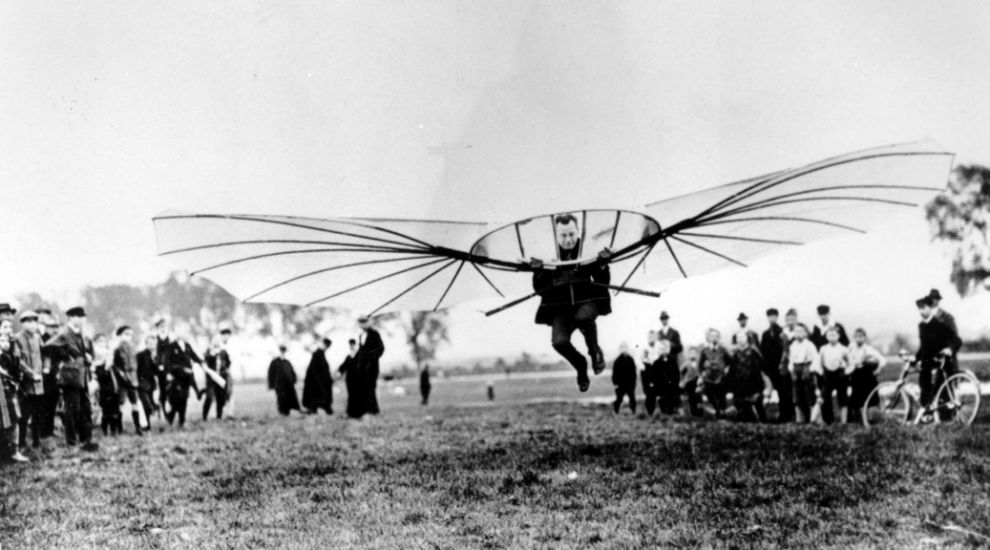
German researchers are undergoing a project to understand how the “first human ever to fly” got off the ground.
Otto Lilienthal is regarded as the first person to fly after successfully testing his self-built glider 125 years ago.
The German Aerospace Centre (DLR) has replicated his Lilienthal’s glider – using the original plans – and this week started testing how it would have flown at the low-speed German-Dutch Wind Tunnels in Holland.
German Aerospace Center, DLR shared… – German Aerospace Center, DLR | Facebook
“We want to learn how good this airplane was and how stable it could fly,” DLR project manager Henning Rosemann said in a DLR twitter post.
The researchers are also looking to gain an insight into the crash that took Lilienthal’s life.
Lilienthal died in a Berlin hospital the day after he broke his neck falling around 50 feet while testing a glider.
DLR project manager Henning Rosemann about the #Lilienthal project. https://t.co/vpqwO7D7zY
— DLR_de (@DLR_de) May 12, 2016
His projects were the blueprint for famed early motorised flight tests such as the Wright Brothers in the United States.
“Lilienthal was the first aerodynamic researcher to proceed according to scientific principles. Until then, there had only been hobbyists,” head of the DLR institute Andreas Dillmann told the organisation’s website.
The researchers aim to determine how similar Lilienthal’s glider is to modern models as well as trying to understand the crash that caused his death.
Still testing the #Lilienthal glider in the wind tunnel. https://t.co/nmHtOiLj5D
Credit: DLR (CC-BY 3.0) pic.twitter.com/aOw67vZajj— DLR – English (@DLR_en) May 12, 2016
“This project, which will involve constructing a historically accurate replica of the world’s first series-produced aircraft as it was built by Lilienthal and using it for wind tunnel testing, was initiated not only in order to conduct scientific research into the early days of aeronautics, but also to commemorate and honour one of the world’s most renowned aviation pioneers,” DLR executive board member Rolf Henke told the organisation’s website when it was announced the project would go ahead in February.
“We are the leading aeronautics research organisation in Germany, so this project takes us back to our origins. Our work is based on Lilienthal’s scientific legacy.”